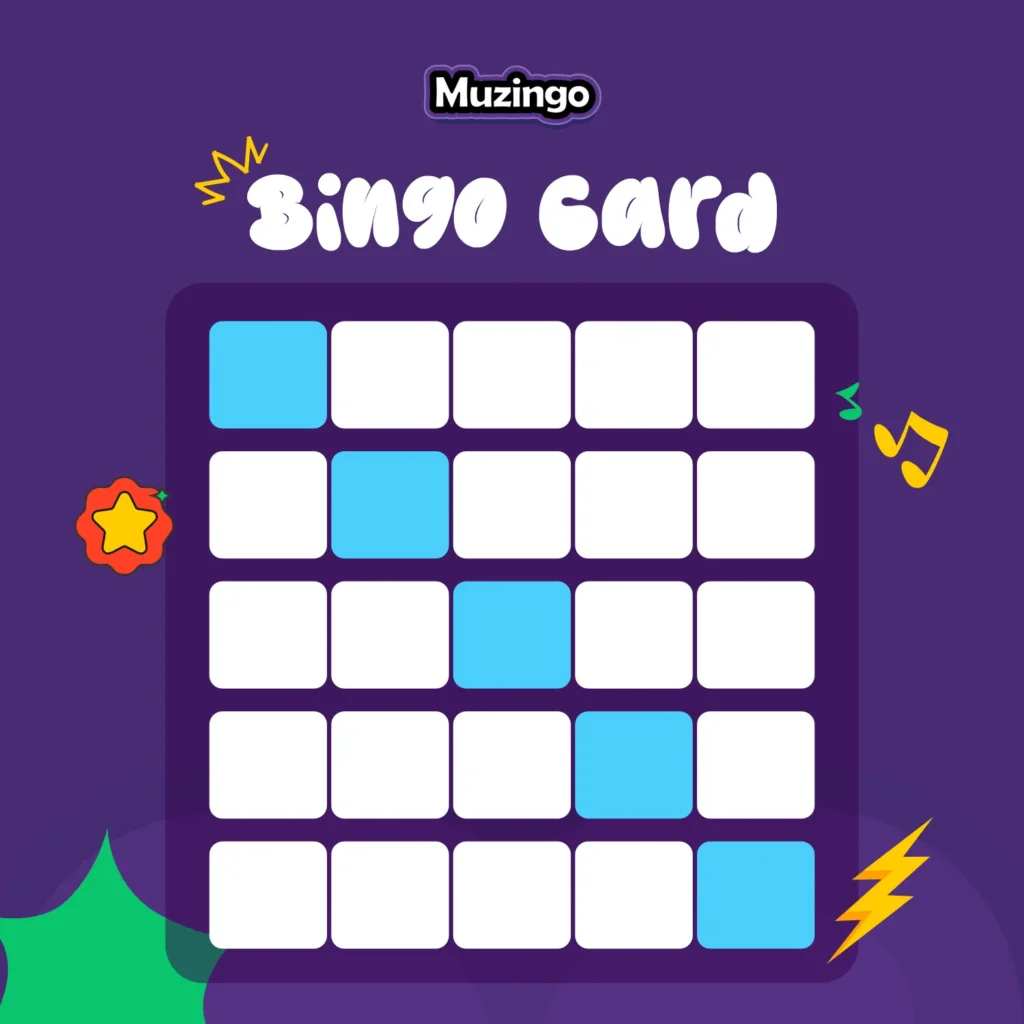Image by Andrej Lišakov on Unsplash
Introduction to Networking Bingo
Networking at conferences and meetups can feel intimidating, especially for introverts or first-time attendees. However, with Networking Bingo, this isn’t the case; it is a fun, engaging game that transforms awkward introductions into meaningful connections.
It allows attendees to mingle, exchange ideas, and build professional relationships in a low-pressure environment, all by gamifying the process, making it ideal for professional networking events.
In this guide, we’ll walk you through designing, hosting, and optimizing Networking Bingo for your next conference or meetup. From creating bingo cards to setting up logistics and encouraging meaningful conversations, you’ll learn best practices and pro tips to ensure success.
RELATED BLOGPOST
Why Networking Bingo is an Effective Tool
It is effective because it combines structure with spontaneity. The game gives attendees a clear goal: fill out their bingo card, while encouraging organic conversations. It works particularly well at:
- Large conferences: Breaks the ice among diverse attendees.
- Industry meetups: Sparks connections within niche communities.
- Corporate events: Foster team-building in a professional setting.
- Virtual events: Encourage interaction in online breakout rooms.
The game’s benefits include:
- Low-pressure networking: Attendees focus on the game, reducing social anxiety.
- Inclusivity: Suitable for introverts, extroverts, and everyone in between.
- Engagement: Studies show gamification increases participation by up to 60%.
- Memorable connections: Conversations tied to specific prompts stick longer.
Designing Your Networking Bingo Card
Creating an effective Networking Bingo card is the foundation of a successful game. Follow the guide below to design one:
Step 1: Define the Grid
A standard bingo card is a 5×5 grid, with 25 squares (including a free space in the center). Each square contains a prompt that encourages conversation, such as:
- “Find someone who has worked in your industry for 5+ years.”
- “Meet a person who speaks multiple languages.”
- “Connect with someone who attended the same university.”
Step 2: Tailor Prompts to Your Audience
Customize prompts to align with your event’s theme or audience. For example: Tech conference:
- “Find someone who codes in Python.”
- Marketing meetup: “Meet a person who’s run a viral campaign.”
- General networking: “Find someone who’s travelled to 3+ countries.”
Ensure prompts are specific but not overly restrictive to encourage diverse interactions.
Step 3: Balance Fun and Professionalism
Mix light-hearted prompts (e.g., “Find someone who loves coffee”) with professional ones (e.g., “Meet a project manager”). This keeps the game engaging while fostering professional networking events.
Step 4: Design for Clarity. Use bold, readable fonts.
- Include your event logo or branding.
- Provide space for signatures or checkmarks.
- For digital cards, use tools like Canva or Bingo Baker for easy customization.
Logistics & Setup for Networking Bingo
Hosting it requires careful planning to ensure smooth execution. Follow the guide below to set it up.
Physical Distribution
- Print cards: Provide cards at registration or check-in tables. Ensure you have enough for all attendees.
- Pens or stickers: Supply pens for signatures or stickers for marking squares.
- Branding: Include your event logo on cards for a professional touch.
Digital Distribution
- QR-coded cards: Share digital cards via a QR code linked to a web-based bingo platform or app like Muzingo.
- Email or app delivery: Send cards to attendees’ emails or event apps before the event.
- Accessibility: Ensure digital cards are mobile-friendly and easy to navigate.
Clear Instructions
Announce the rules at the start of the event.
- Each square requires a conversation with another attendee.
- Players collect signatures or checkmarks after discussing a prompt.
- Set a time limit (e.g., 30–60 minutes) to keep energy high.
Winning Conditions
Define what constitutes a win.
- Row or column: Complete a horizontal or vertical line.
- Full card: Fill every square for a grand prize.
- Diagonal: Complete a diagonal line for smaller events.
Incentives
Offer prizes to motivate participation.
Take Your Game Nights to the Next Level
Muzingo is a fun game where players listen to music tracks and match them to bingo cards — competing to win prizes with friends.
Play Muzingo FreeNo Card Required
- Event swag (e.g., branded mugs, notebooks).
- Discount codes for future events.
- Recognition (e.g., a shoutout during the closing session).
Image by Erika Giraud on Unsplash
Facilitating Meaningful Conversations
The heart of Networking Bingo lies in sparking genuine connections. If you really want conversations to go beyond surface-level, then you should try this:
Set the Tone
- Encourage attendees to ask follow-up questions. For example, if a prompt is “Find someone who’s launched a startup,” suggest asking, “What inspired your startup?”
- Remind players to exchange contact details or connect on LinkedIn.
Pro Tips for Success
- Time management: Suggest spending 3–5 minutes per conversation to cover more squares.
- Diverse connections: Encourage mingling with new faces, not just known colleagues.
- Debrief session: Host a short post-game discussion where attendees share their favourite interactions. This reinforces connections and adds value.
Virtual Events
For online meetups, use breakout rooms in platforms like Zoom or Microsoft Teams. Assign moderators to guide conversations and ensure everyone participates.
Real-World Examples of Networking Bingo
INSTANT IMPACT 2019 (Olympia Washington PMI Chapters)
The event featured a networking activity called “CRAZY QUESTION BINGO,” developed and facilitated by Terry Schmidt, a strategy execution planner. Participants received 4×4 bingo cards with 16 unusual or edgy questions (e.g., “Do you enjoy yodelling?”), printed on different colored card stock for variety.
The game involved pairing with someone holding a different colored card, introducing themselves, and asking questions. If the answer was “yes,” they wrote the person’s name in the box, aiming to complete the card within 60 seconds per pair.
Prizes were awarded to those who finished first or had the most “YES” answers, enhancing engagement.
ISSCC 2025 (International Solid-State Circuits Conference)
The session was open to all conference attendees, emphasizing inclusivity. While specific details of the bingo card content are not provided, the event was designed to facilitate connections, aligning with the typical structure of Networking Bingo where participants find others matching prompts on their cards.
Conclusion
Networking Bingo is a powerful tool for creating meaningful connections at events. When you incorporate it into your next conference or meetup, you’ll set the stage for professional growth and memorable experiences.
Check out the Muzingo platform for a seamless experience.
READ MORE: How to make bingo boards blank from scratch: 5 DIY methods
FAQs
What is Networking Bingo?
It is a game where attendees complete a bingo card by engaging in conversations based on prompts, fostering connections at events.
How many prompts should a Networking Bingo card have?
A standard 5×5 card has 24 prompts (with a free center space). Adjust based on event size and duration.
Can Networking Bingo work for virtual events?
Yes! Use digital cards and breakout rooms on platforms like Zoom to replicate the in-person experience.


